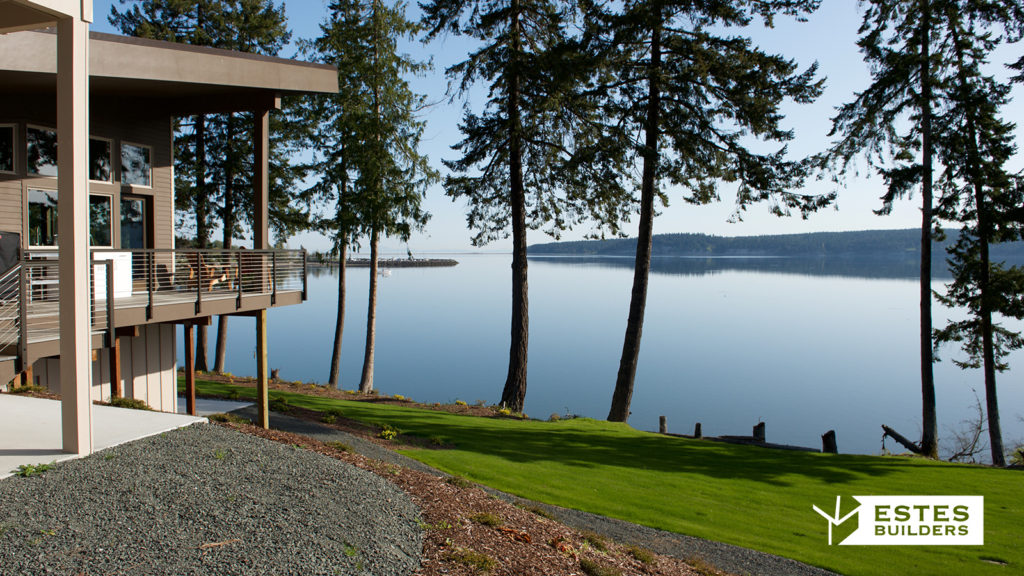
There’s nothing like building a custom home—it’s your dream coming true! Since every decision and every element is uniquely yours, you’ll need attention to detail and thoughtful decision-making to ensure you get the home you want on time and on budget.
Here are six common pitfalls to avoid:
1. Buying a lot too quickly:
A parcel of land might seem perfect—but can you build your dream home on it? Some properties, particularly in this region, come with a list of restrictions of what can and can’t be done, from environmental regulations that restrict the size of a future home to prohibitions against septic systems. Or parcels may have site challenges, such as a steep slope or porous soil, that can add a lot of money to construction costs. Before you buy a piece of property, find out what it will cost to prep the site and bring in services, and determine if it carries building restrictions. Your Realtor may be able to help. We can too: Schedule a free consultation to get started.
2. Engaging an architect without a builder involved:
An architect will design what you ask for—but does it meet your budget, too? Talk to your builder first, as they can help determine a budget that includes site development, construction, materials, taxes, and design costs.
3. Designing before budgeting:
It’s natural to dream about the many possibilities of your new home, and creating a wish list is an important part of the process. But don’t move on to the design stage without having your budget in place. This will ensure the process stays on track, will avoid wasted design time, and will make it easier on you in the long run.
4. Forcing your home design onto a property where it doesn’t fit:
Understand that your home will need to work with the land it’s sitting on. And depending on the site, you may have to tweak your vision. For example, a Mid-Century-inspired ranch home isn’t going to work on a narrow, steep-sloped site. Make sure your builder and architect work together to design a home that works with your property and its surroundings; this will ensure it looks nice, performs to expectations, and takes best advantage of views, solar orientation, and other elements.
5. Choosing a builder without doing your research:
Every builder is different, and each works to different standards. You’re building your forever home, so make sure you select a builder with a reputation for quality and for standing behind its work. A quality builder can make the difference between whether or not your dream home ends up with bouncy floors, whooshing water sounds running throughout the house (due to poor insulation) and awkward steps and slopes to overcome entering the home. You should also ask how many change orders per job the builder averages and how many homes they’ve delivered on time and on budget. Don’t just take our word for it: Hear what our customers have to say.
6. Waiting until construction to make changes:
Changing your mind during the home-building process is acceptable, but we like to help you avoid it. The farther into the process you go, the more expensive—and time consuming— it can get. Because each change you make, has the potential to create a chain reaction. Use your time in the design phase (when everything is still on paper) to make important decisions. If you’re unsure, ask your builder for help understanding the correct process for making specifications and selections.
At Estes, our four-step discover-budget-design-build process helps you make confident decisions while avoiding pitfalls and mistakes.

